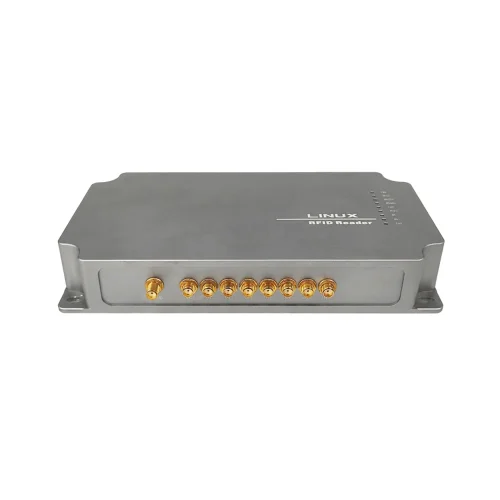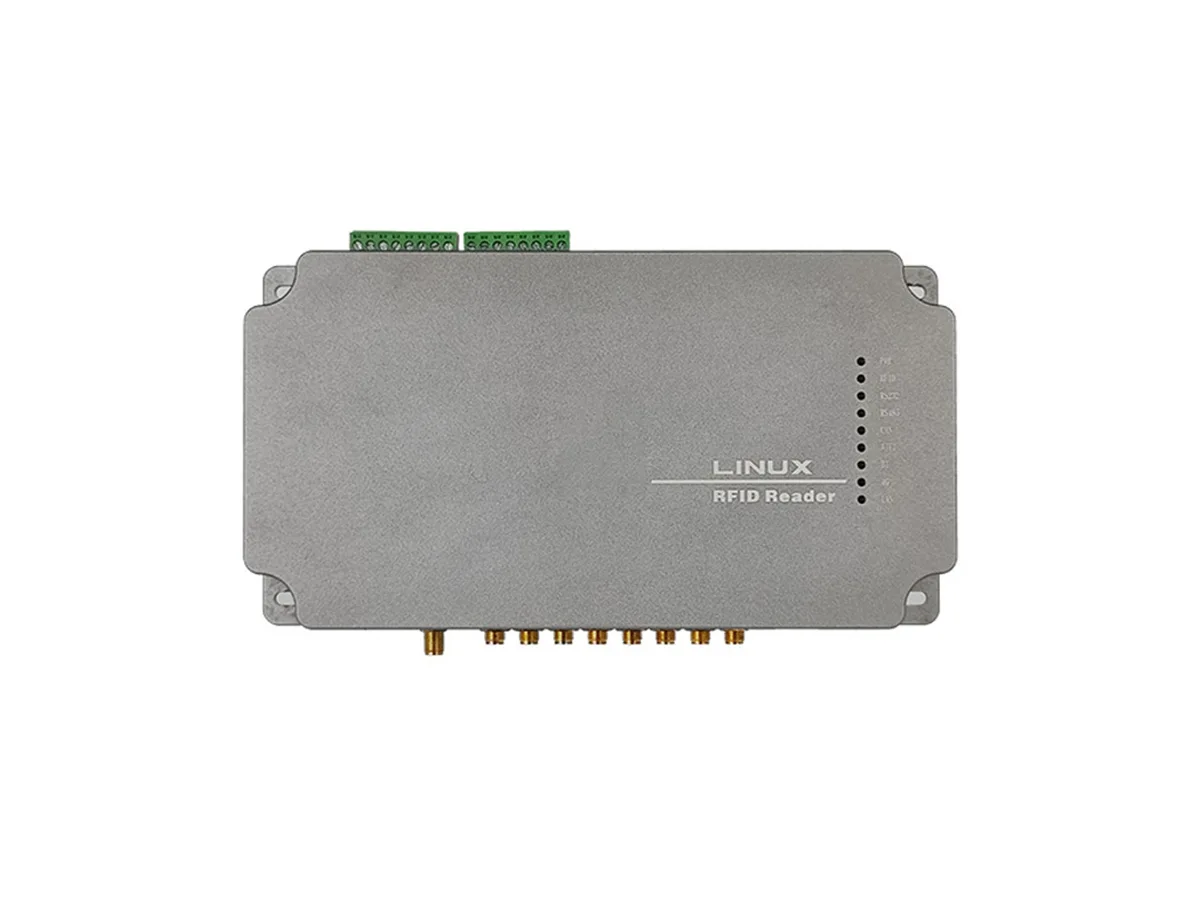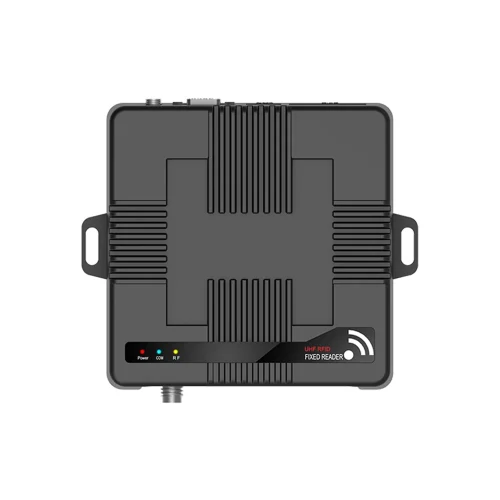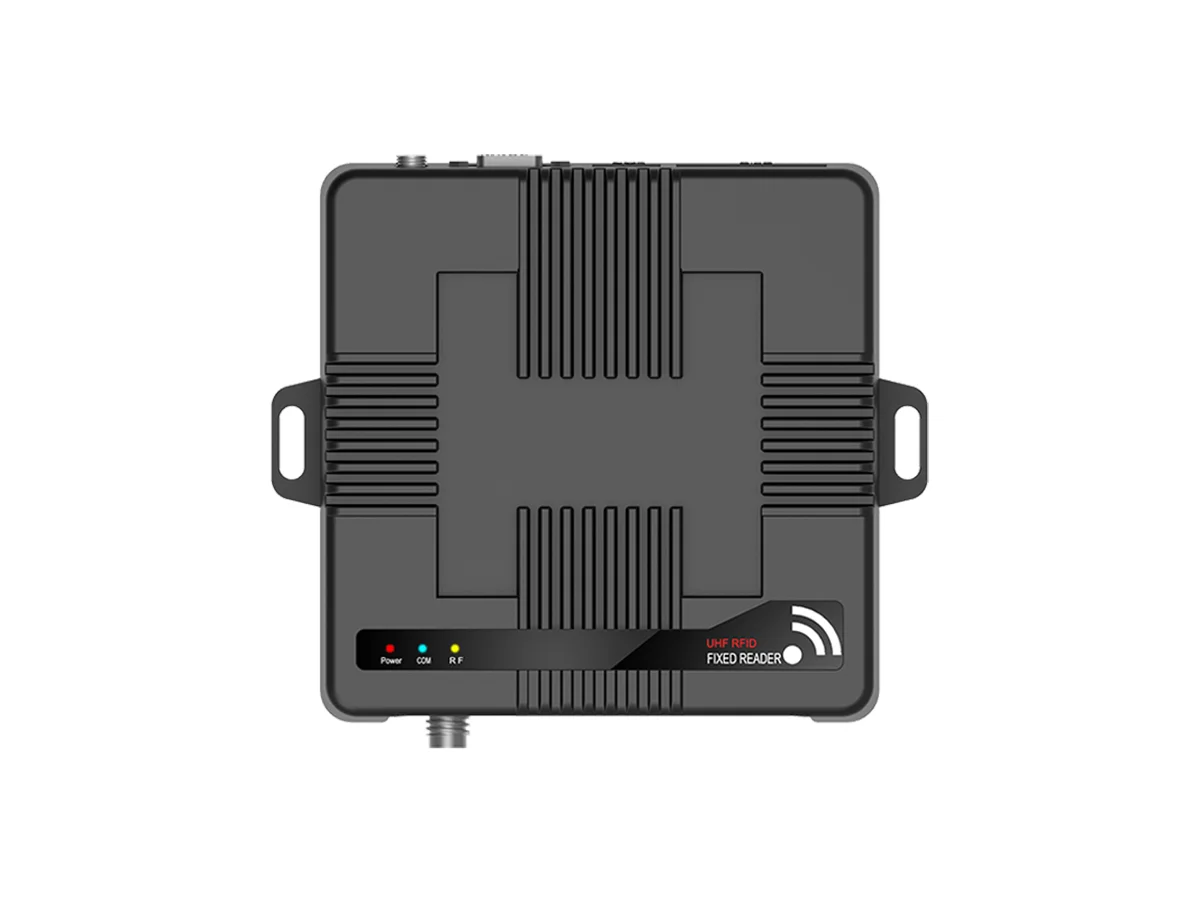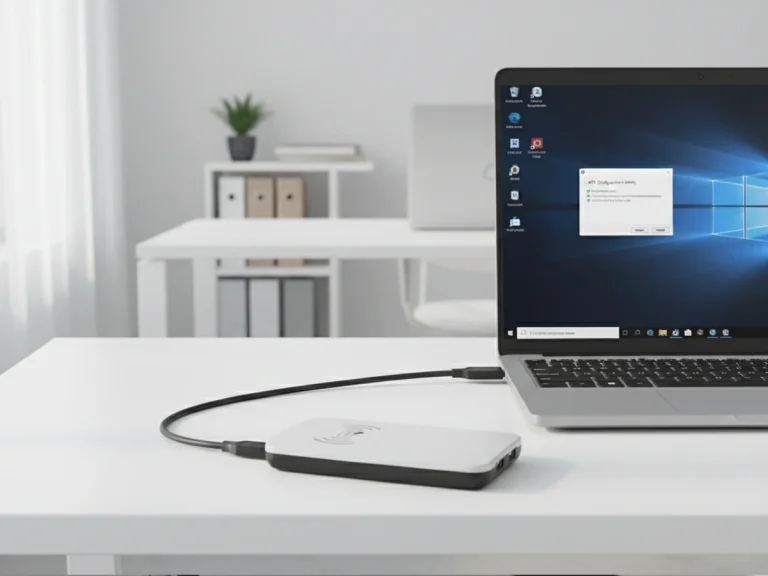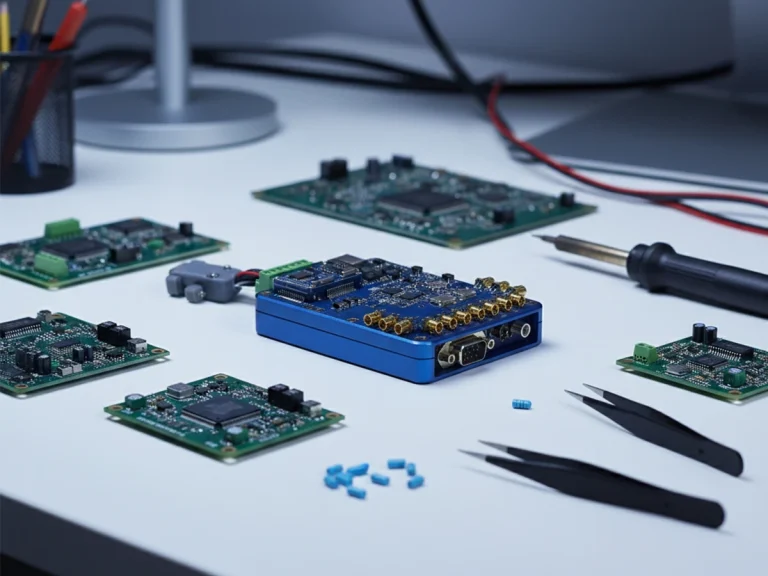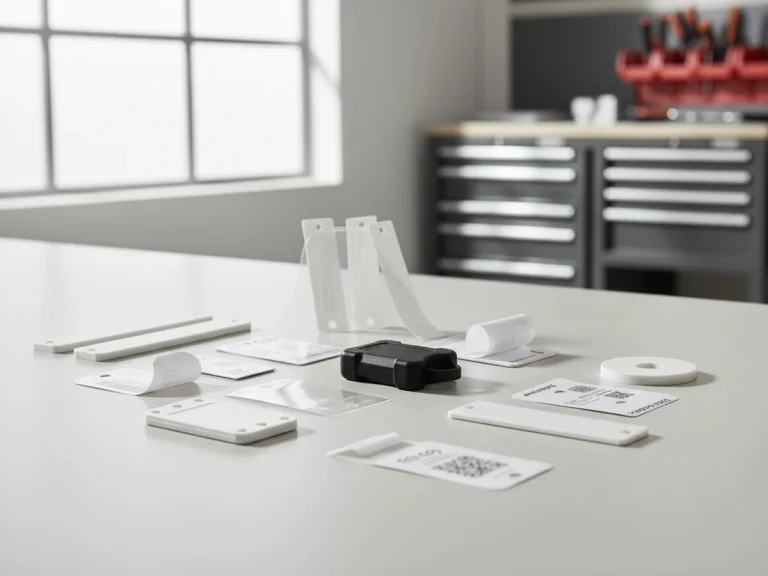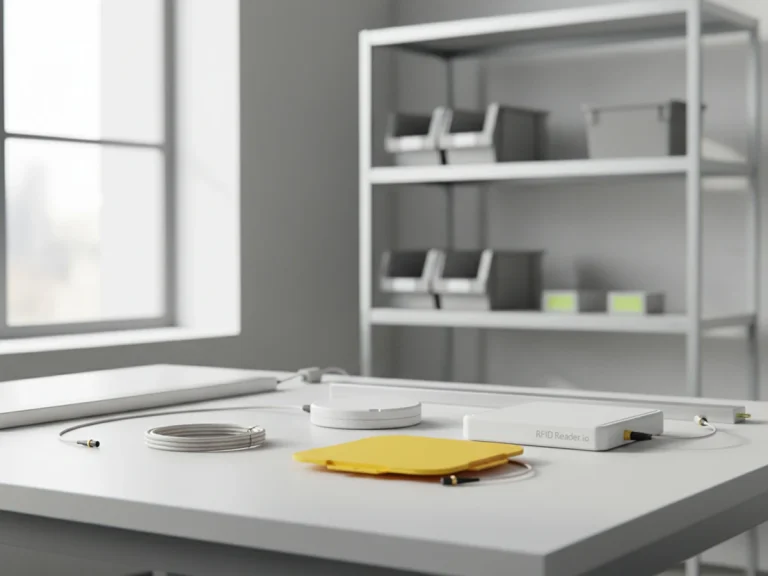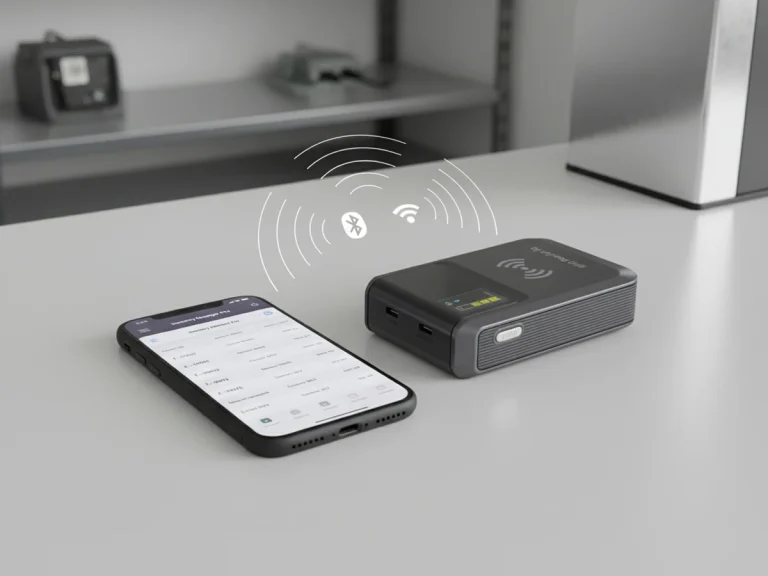
What Communication Interfaces Are Supported by the Fixed RFID Reader?
If you’ve ever worked with RFID hardware on-site, you probably know that the Fixed RFID Reader is more than a scanner sitting by the gate — it’s the center piece that links tags, antennas, and backend systems.
What makes the connection reliable, however, isn’t just the reader’s reading power, but the interfaces that move data in and out of it.
At RFID Reader.io, we’ve seen installations across factories, hospitals, ports, and retail warehouses, and one pattern always repeats: no two environments demand the same type of communication. Below is a closer look at the interfaces most readers now support — and when each one actually makes sense to use.
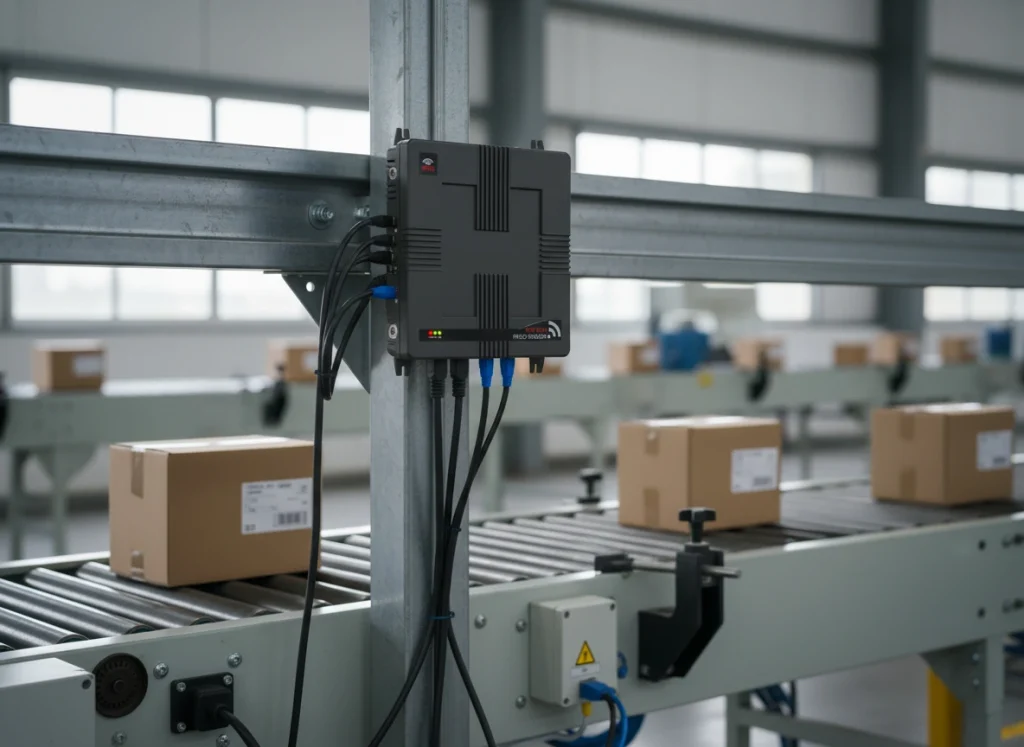
Ethernet – The Workhorse
Ethernet (TCP/IP) remains the most dependable method for most fixed installations. You wire the reader straight to your local network, assign it an IP address, and it just runs — hour after hour, day after day.
In large warehouse systems, Ethernet helps ensure every scanned tag is recorded instantly by the main server. It’s simple, fast, and rarely fails.
RS-232 and RS-485 – For Industrial Lines
Older, maybe, but still everywhere. RS-232 is ideal when your reader sits close to a single computer or controller. RS-485 goes much farther — literally — and can chain multiple readers on one line.
Factories like it because it resists noise, and once it’s wired right, it stays stable for years without fuss.
Wi-Fi – For Flexible Installations
When it’s hard to pull cables — in exhibitions, temporary setups, or open retail areas — Wi-Fi saves time.
Modern readers from RFID Reader.io use secure wireless modules that let them sync tag data over standard 2.4G or 5G networks. Just make sure the signal is strong enough; nothing’s more frustrating than dropped packets in a fast-moving inventory task.
USB – For Setup and Local Use
Almost every Fixed RFID Reader includes a USB port. It’s usually for configuration, firmware updates, or short-range data exchange.
Technicians use it to test antennas or change network settings before mounting the reader in place.
GPIO – For Smart Automation
GPIO (General-Purpose Input/Output) ports connect the reader to sensors, lights, or alarm systems. For instance, a signal from a conveyor sensor might tell the reader to start scanning; a small light might flash when a tag is recognized.
These little triggers make a huge difference in automated workflows.
PoE – One Cable, Two Jobs
Power over Ethernet (PoE) has become a favorite for compact, ceiling-mounted setups. It carries both power and data through the same line, so you don’t need a separate power supply.
In logistics and retail environments, this helps keep installations tidy and reduces maintenance points.
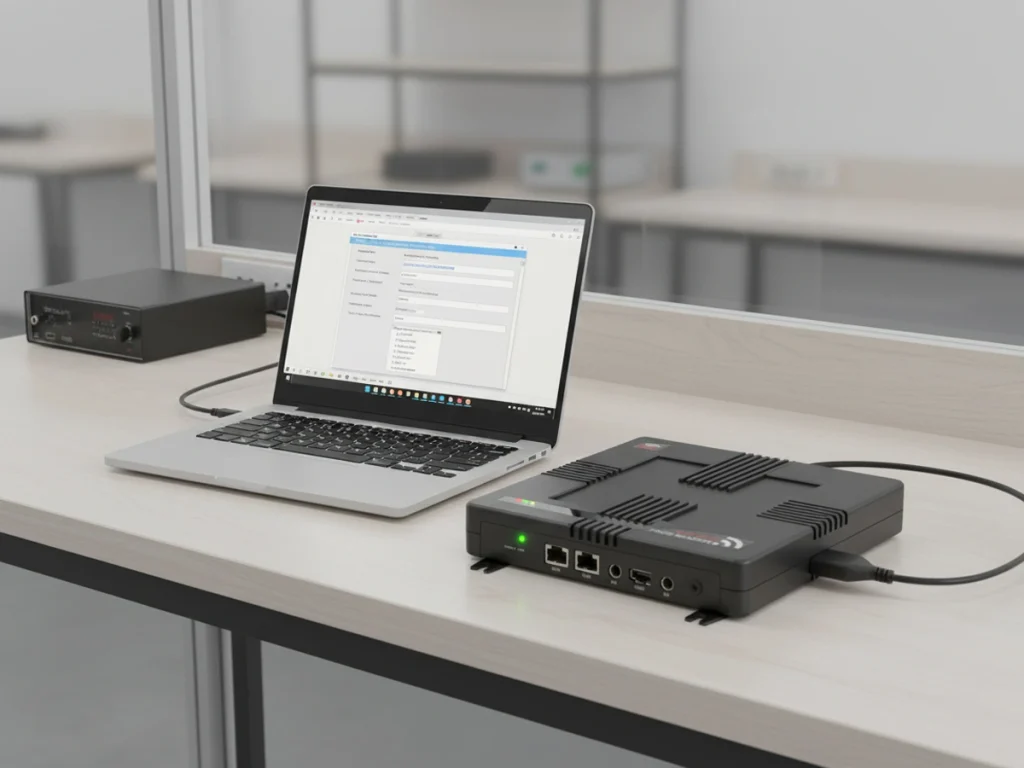
Bluetooth – Optional, but Handy
A few readers include Bluetooth for short-range communication with mobile devices. It’s not a replacement for Ethernet or Wi-Fi, but it helps technicians connect quickly for local diagnostics or configuration.
Summary
Every connection method has its place.
If stability matters most, go with Ethernet or RS-485. If flexibility is the goal, Wi-Fi or Bluetooth are worth trying.
The point is, your Fixed RFID Reader should adapt to your workflow — not the other way around.
That’s the principle behind how RFID Reader.io designs its devices: modular, compatible, and ready to connect wherever your system grows next.
FAQ
1. Can I mix Ethernet and Wi-Fi on the same reader?
Yes. Some models allow dual modes — Ethernet for the main data stream, Wi-Fi for local setup or backup connection.
2. What’s the best option for outdoor use?
Ethernet with PoE. It’s stable and weatherproof when installed with industrial-grade connectors.
3. Does GPIO require extra software?
Usually not. Most readers can map GPIO triggers directly from the built-in configuration page.
4. Is USB fast enough for daily tag reading?
It can be, but it’s better for configuration and testing rather than full-time operation.
5. Why do some readers still keep RS-232?
Because many old systems still rely on it. In factories, replacing a stable serial connection often isn’t worth the risk or downtime.
6. Can I power the reader only through PoE?
Yes, if your network supports it. PoE simplifies wiring and keeps installation cleaner.
Send Us An Email
Feel free to send us an email and we will reply to you as soon as possible.

